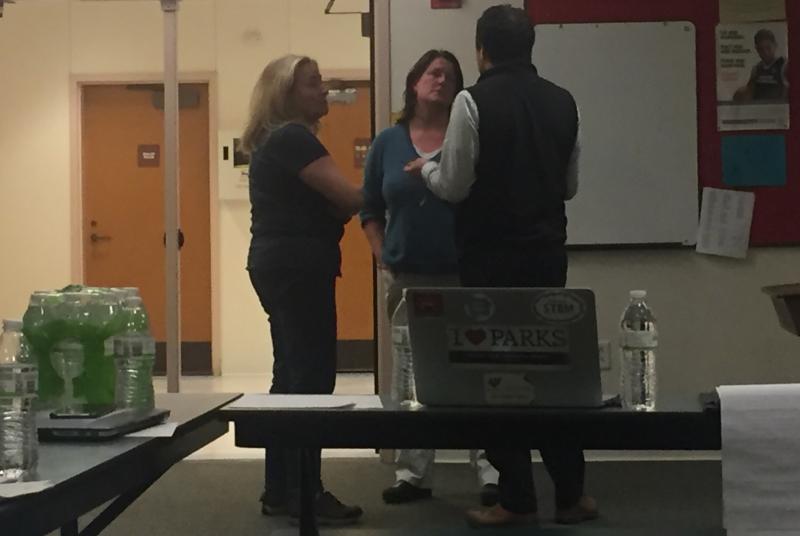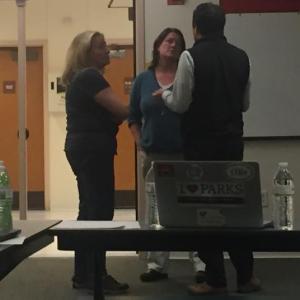AOS 98 unanimous on service center
The Alternative Organizational Structure (AOS) 98 board voted unanimously Nov. 19 to enter into an education service center. The board approved Superintendent Keith Laser to submit the part two application for the collective of schools. Members from Georgetown Central School, Southport Central School, Edgecomb Eddy and the Boothbay-Boothbay Harbor Community School District met beforehand with Drummond Woodsum lawyer Agnieszka Dixon to review the process, pros and cons and responsibilities of being in an ESC.
An ESC can provide any kind of service a school needs, such as transportation, special needs, lunch programs and central office and administration, Dixon said.
Laser learned over the summer about legislative changes that made the program more accessible for AOS’s. Benefits would include a 55% subsidy of the director’s salary and a per-pupil subsidy to all participating schools.
Dixon explained further benefits and some pitfalls. For example, the per-pupil subsidy is tricky as Department of Education Commissioner Pender Makin has yet to set a per-pupil dollar amount.
“The important thing to know is that if you're a minimum receiver, you get at least 30% of the per-pupil number, said Dixon. She said AOS 98 only received $47 per-pupil in subsidy last year.
The DOE is most likely waiting to see how many ESC applications come in before setting a price, said Dixon. She said past per-pupil numbers will not help since the new and former commissioners interpret the statute differently. Instead, the best place to start in estimating subsidy would be to multiply the pupil count by an estimated per-pupil subsidy – say, $100 Dixon said – and multiply it by 30%. The CSD – with 474 students – would see $14,220 overall or $30 per student, so the DOE’s per-pupil dollar amount would need to equal $160.
The second subsidy the ESC receives is in three direct payments: leadership services (55%), accounting systems (100%) and student information systems (100%). In the past few years, most ESC's have made their superintendent the executive director.
The largest risk of the program is, the legislature can change or even cut the program, said Dixon. So even though the subsidies can be attractive, creating an ESC should be done for the less obvious benefits.
“The process of making this happen has caused (schools) to get together on a regular basis, talk shop and come up with some pretty cool ideas, which I think was the legislative intent of this … We've said from day one that you really should do it for that reason and not necessarily for the subsidy because … we don't know what the future will hold.”
The ESC will need a yearly audit, insurance and legal services; and a fee from members to cover costs. It is usually nominal, said Dixon. She suggested a working amount of $250 per participant.
No member has to buy a service from the ESC, Dixon said.
“The only change would be the flow of dollars … Nothing about the AOS budget changes, here. The formula is still built into the inter-local agreement, so whether you're in the ESC or out, you're still bound by that cost-sharing formula. What the ESC allows this group to do is create new services … and if that makes sense and if there is agreement among the members, you can develop a cost-sharing formula for that service that is different than the AOS inter-local agreement.”
Event Date
Address
United States





























